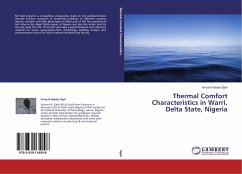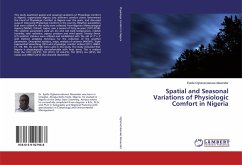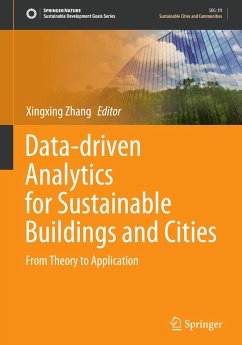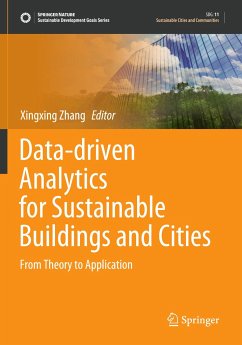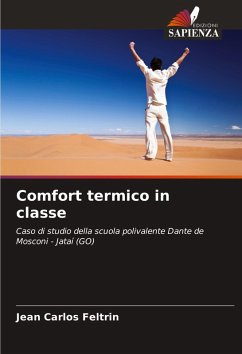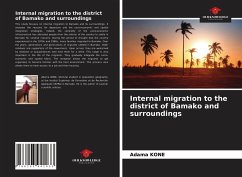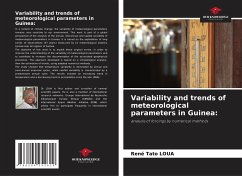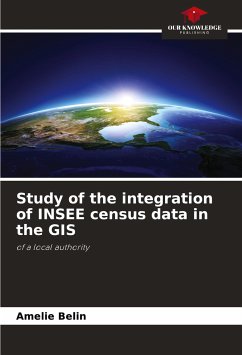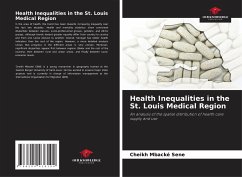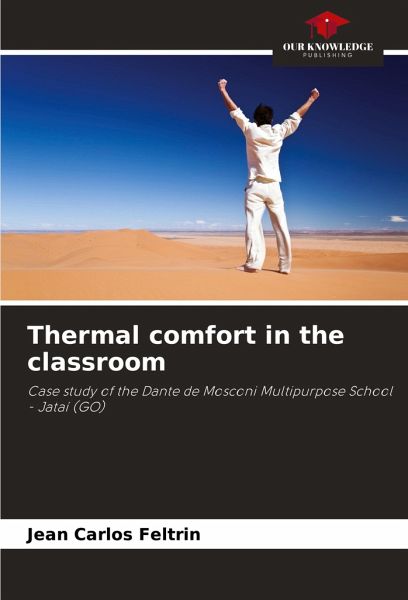
Thermal comfort in the classroom
Case study of the Dante de Mosconi Multipurpose School - Jataí (GO)
Versandkostenfrei!
Versandfertig in 6-10 Tagen
27,99 €
inkl. MwSt.

PAYBACK Punkte
14 °P sammeln!
The growth of cities and the occupation of urban land have had a negative impact on thermal comfort. The aim was therefore to analyze and compare thermal comfort from October to December 2015 in some classrooms at the Dante de Mosconi Polyvalent State School, in the city of Jataí in the Microregion of Southwest Goiás, classified as Zone 6 (bioclimatic strategies) defined as H - Evaporative cooling and thermal mass for cooling, J - Selective ventilation, C- Heavy internal fences according to NBR 15.220-3. To do this, three Thermohygrometers were installed in classrooms in classes A, B and C. ...
The growth of cities and the occupation of urban land have had a negative impact on thermal comfort. The aim was therefore to analyze and compare thermal comfort from October to December 2015 in some classrooms at the Dante de Mosconi Polyvalent State School, in the city of Jataí in the Microregion of Southwest Goiás, classified as Zone 6 (bioclimatic strategies) defined as H - Evaporative cooling and thermal mass for cooling, J - Selective ventilation, C- Heavy internal fences according to NBR 15.220-3. To do this, three Thermohygrometers were installed in classrooms in classes A, B and C. The thermal comfort assessment methods used were Fanger's, adopted by ISO 7730 (1987), on a scale of Predicted Mean Vote (PMV) and Predicted Percentage of Dissatisfied (PPD) and questionnaire application. In October, the highest absolute maximum temperatures occurred in rooms A and C, with 34.0°C and 34.9°C respectively. In November, room B had the highest absolute maximum temperature (32.7°C)followed by rooms A (32.6°C) and C (31.4°C). In December, the room with the absolute maximum temperature was B (33.3°C), followed by room C (32.6°C).





